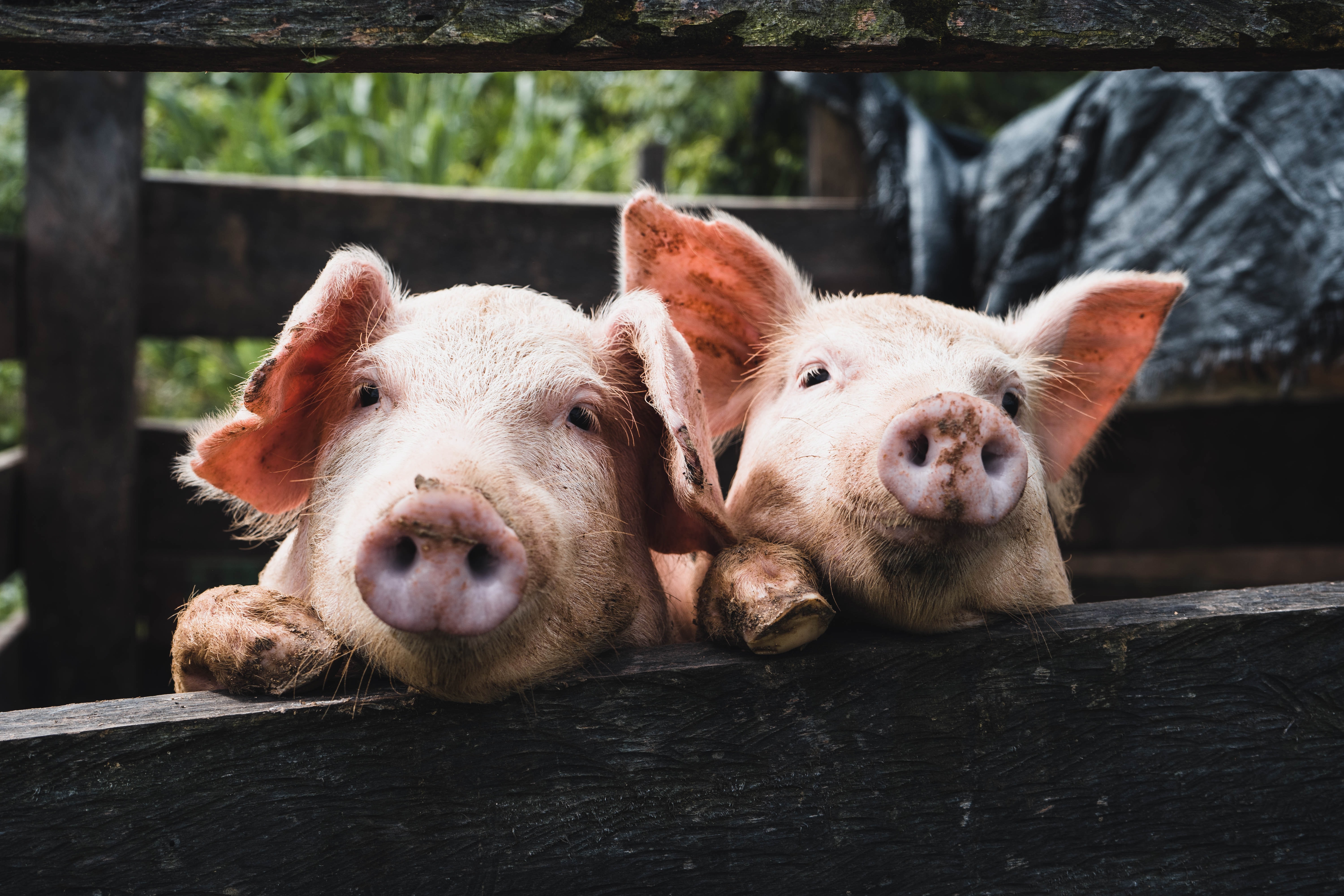Ozone and E. coli in Swine Intestines
This experiment shows how much exposure time is needed for a given concentration of ozone in ozonated water to achieve a significant kill of generic E.coli. A significant kill may be defined as a 1 to 2 log reduction of the E.coli bacterial load. Based on these results, ozonated water with an adequate concentration of ozone would make a good sanitizer for such applications as a fixed-location spray bar spraying a moving conveyor, where any given point on the surface of the belt may get sprayed for only a second as it moves by.
Abstract:

Swine intestines harvested then turned inside-out and washed with cold water to remove all visible contaminants were tested to have a generic E.coli load of 6 to 7.5 logs per gram of tissue. Samples of these tissues were treated with ozonated water at various concentrations for various lengths of time up to a total of 30 seconds. It was determined that concentrations below 1 ppm had no significant anti-E.coli effects at any of the exposure times tested. At 1 ppm and above significant kills were achieved with a 1 second exposure time. At 1 ppm and up to 2.5 ppm a 15 second exposure time was needed to achieve the greatest E.coli kill, and at 3 ppm and above a 1 second exposure time was all that was needed to achieve the greatest E-coli kill.
Discussion:
Each sample piece was held directly in the stream of ozonated water, which was flowing at a rate of 3 gpm, for the specified amount of time. While this ensured full continuous coverage of the entire external surface of the intestine (which was actually the inside mucosal surface of the intestine before it was turned inside-out) throughout the specified amount of time there were still internal parts of the intestine with little to no exposure to the ozonated water. It can be assumed based on harvest procedures that there would be some E.coli contamination here that was not getting exposed to the ozonated water. This is supported by the fact that at higher ozone concentrations there was a significant log reduction of E.coli after the first second then each sample thereafter had about the same amount of E.coli which never approached zero. It is therefore assumed that these bacteria

were on the inside of the intestine and never exposed. These bacteria would make it out into the buffer solution during stomaching and would therefore be counted at analysis. At the very highest concentrations in this experiment there appeared to be a continued decrease in E.coli, although small, even after the decrease had leveled off. This could be explained in that some ozonated water made its way inside the intestine during each sample treatment but the kill it was achieving could only be noticed at the very highest concentrations, namely Trial G and especially Trial H.
A brief discussion about the exposure times is warranted in that a given sample of ozonated water (rather than a continuous flow) will slowly lose its ozone over time for various reasons. It is generally accepted that ozone will last about 20 minutes in a given sample of ozonated water. Given this, even with the 1 second exposure times there would still be some residual antimicrobial effects of the ozone after the sample was placed into the bag until it was either consumed by causing continued microbial kill or it dissipated from solution. Obviously, the higher the concentration of ozone in the water the more ongoing kill will take place in the sample bag.
Conclusions:
This experiment shows how much exposure time is needed for a given concentration of ozone in ozonated water to achieve a significant kill of generic E.coli. A significant kill may be defined as a 1 to 2 log reduction of the E.coli bacterial load. Based on these results, ozonated water with an adequate concentration of ozone would make a good sanitizer for such applications as a fixed-location spray bar spraying a moving conveyor, where any given point on the surface of the belt may get sprayed for only a second as it moves by.
This experiment shows that an ozone concentration of less than 1 ppm has little efficacy against E.coli, at least for 30 seconds or less of exposure. It also shows that there is very little difference in efficacies between a 1 ppm and a 1.5 ppm concentration but a considerable increase in efficacy is seen at the 2 ppm concentration and above. The data shows that a 2 log reduction or better can be achieved on the outer surface of these 5 cm long samples using ozonated water at a flow rate of 3 gpm with only 1 second of exposure when ozone concentrations are 2 ppm or greater.
